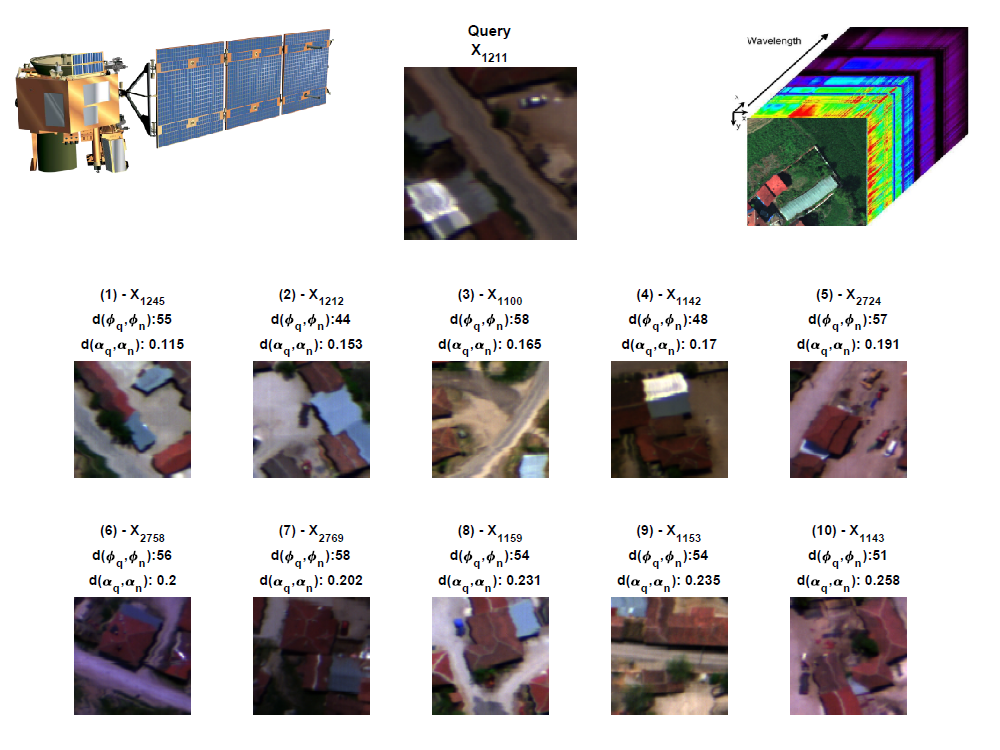Ph.D. Candidate: Fatih Ömrüuzun
Program: Information Systems
Date: 24.01.2024 / 14:00
Place: B-116
Abstract: Due to the increased use of hyperspectral remote sensing payloads, there has been a rise in the number of hyperspectral remote sensing image archives, resulting in a massive amount of collected data. This highlights the need for a content-based image retrieval system that can manage and enable the use hyperspectral remote-sensing images efficiently. The conventional content-based hyperspectral image retrieval (CBHIR) systems define each image by a set of endmembers and then perform image retrieval using pairwise distance measures. However, this approach significantly increases the computational complexity of retrieval, especially when there is a high diversity of materials. Additionally, those systems have difficulties in retrieving images with particular materials whose abundance is extremely low compared to other materials or those that are not considered as an endmember while modeling the image. To address these issues, a novel CBHIR system is proposed that aims to define global hyperspectral image representations based on a semantic approach to differentiate background and foreground image content considering both spatial and spectral information. In this way, two spectral content dictionaries are used in the process of modeling hyperspectral images. While the first dictionary originates in spectral terms related to materials that are rarely encountered in the relevant geographical region, called foreground content, the second dictionary contains spectral terms for materials that are commonly seen in the geographical region, called background content. The proposed system consists of two main modules. The first module characterizes the hyperspectral images in the archive by four global descriptors: 1) two binary spectral descriptors (which represent spectral characteristics of distinct foreground and background materials); 2) two abundance descriptors that model the normalized cumulative fractional abundance of the corresponding materials. The second module retrieves hyperspectral images from the archive that either cover materials that are most similar to the given query signature or query image based on a hierarchical strategy that evaluates the spectral and abundance descriptor similarity. Experiments conducted on a benchmark dataset of hyperspectral images demonstrated the system's effectiveness in terms of retrieval accuracy and time.
